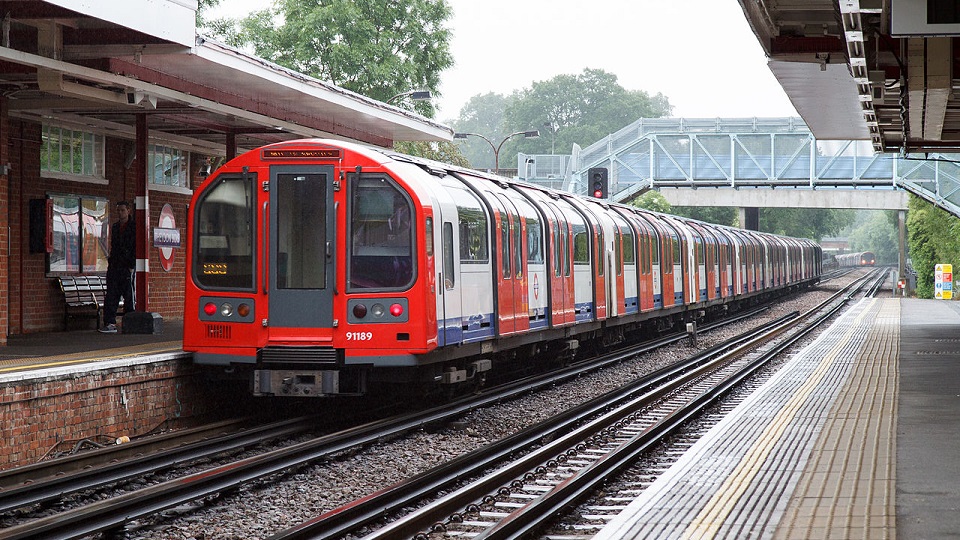London Underground to be powered with green energy

The London Underground, the world’s first metro network, will become an innovator in the energy-consuming policy. Instead of using conventional electricity, it will be powered with solar and wind energy. The city authorities plan to implement this shift by 2030.
Want to read more?
You have read all of your free premium articles for this month. Please become a subscriber to keep reading.
Subscribe now!
Take advantage of our exclusive offer to get full access to all premium content.




